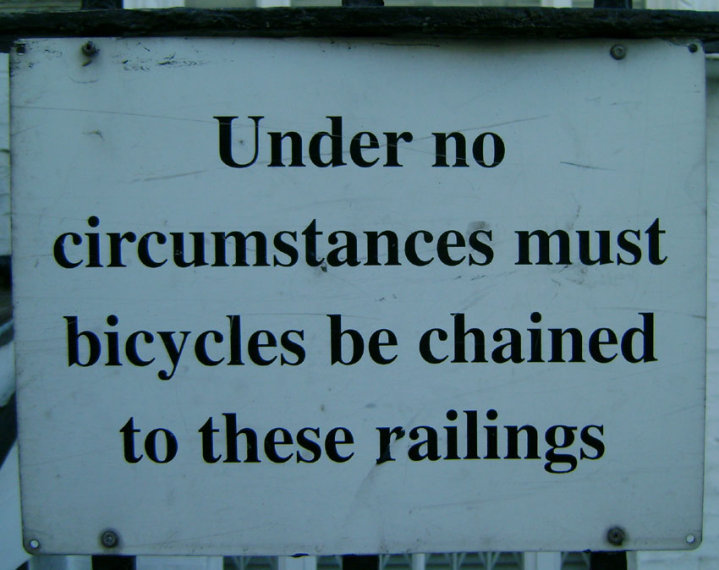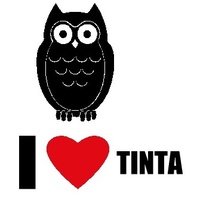Everyone is directed by signs
You step out of your house, get in your car, drive around the corner, and there it is: STOP! You pull up at your local bank, you’re just about to enter, and it hits you in the face: ENTRY. Inside, the bank takes your money, you turn to leave, and there it is: EXIT. What a strange world we live in! We are surrounded by signs virtually everywhere. They request, direct, command. But where is the man that words, paints and installs them all?
Signs have been around since time immemorial. Consider Moses’ Tablets of Law. The Ten Commandments are basically the ten most important notices. Don’t steal, don’t kill! Pray to God and love your fellow human beings!
Signs are out there everywhere. “QUAE SURSUM SUNT QUAERITE,” says the inscription on the dome of Esztergom Cathedral: SEEK THE THINGS THAT ARE ABOVE! What a difference from ENTRY and EXIT! As you look up in search and light a cigarette, the warning on the box routinely slips your attention: SMOKING CAN SERIOUSLY DAMAGE YOUR HEALTH!
Signs are even more striking when you’re abroad. Do this, mind that! Don’t feed the birds or chain your bike to objects around! Lucky you there’s no sign that prohibits breathing!
The language of English signs is a world unto itself. Some are horribly formal and complicated: UNDER NO CIRCUMSTANCES MUST BICYCLES BE CHAINED TO THESE RAILINGS! Others are plain and simplistic: BE CAREFUL WET PAINT! One encourages passersby to take a train by sporting a twisted proverb: THE EARLY BIRD CATCHES THE TRAIN (taken from the early bird catches the worm).
As the Dalai Lama once said, Europeans are prisoners of their own calendars, which direct their lives. As I see it, Europeans are directed by instructions on tables. When I was a kid, I used to spend summer holidays at my grandparents’ in a small village in the countryside. I remember no signs or tables in the village, and yet, everyone went about their business perfectly all right. I suggest that we work towards an ideal world where everybody knows their duties without written instructions.
Ferenc Cserháthalápy










